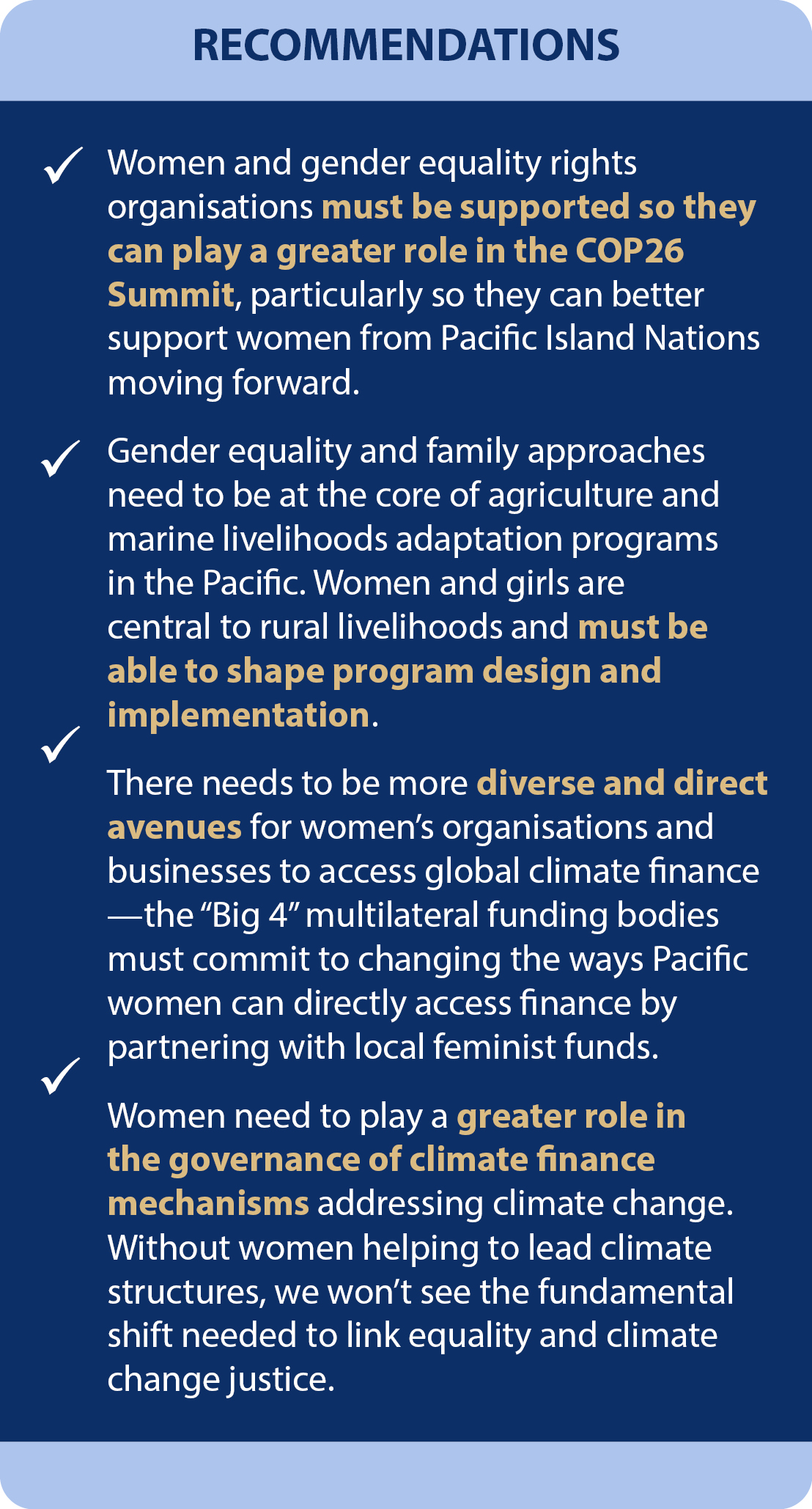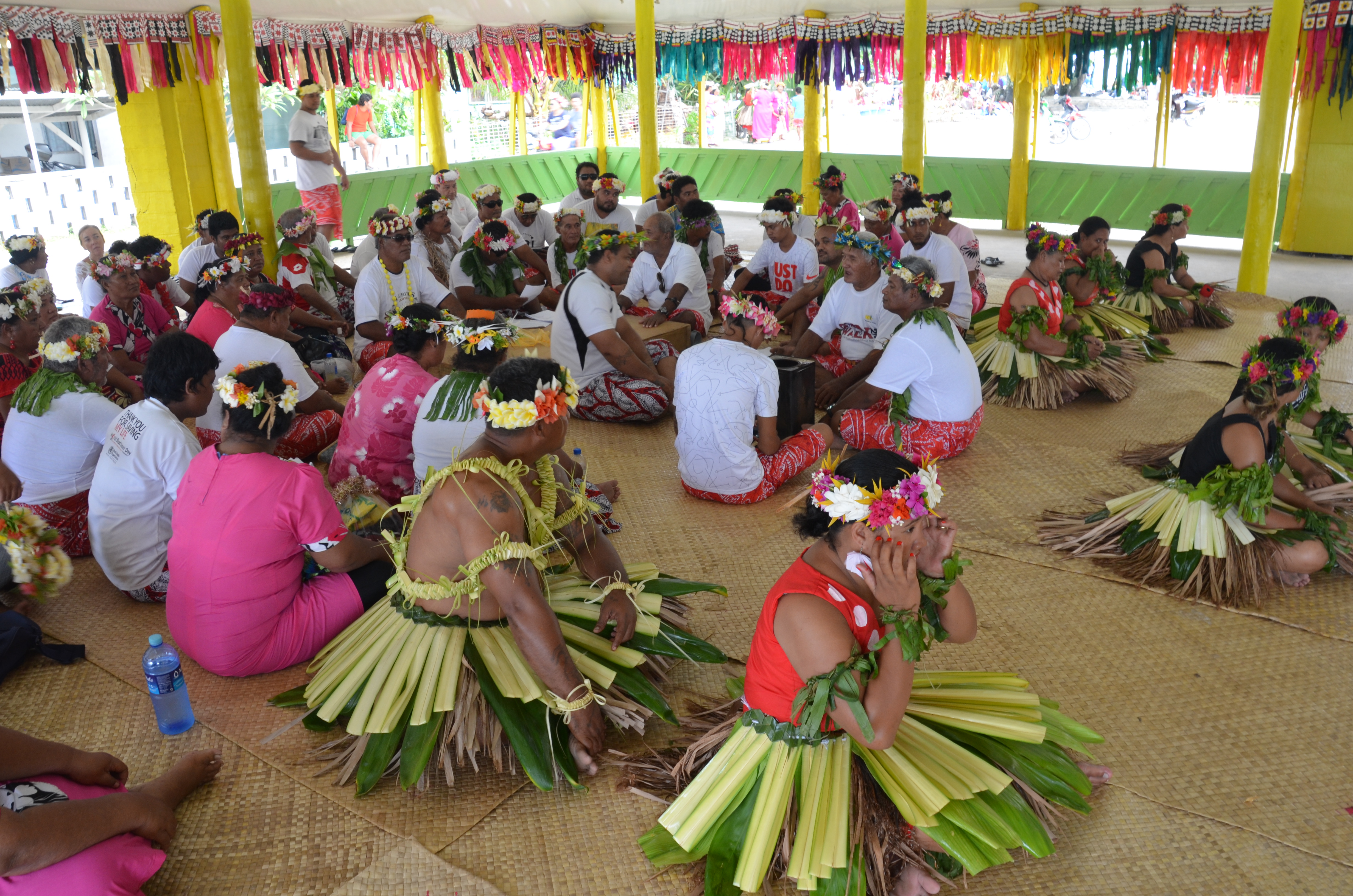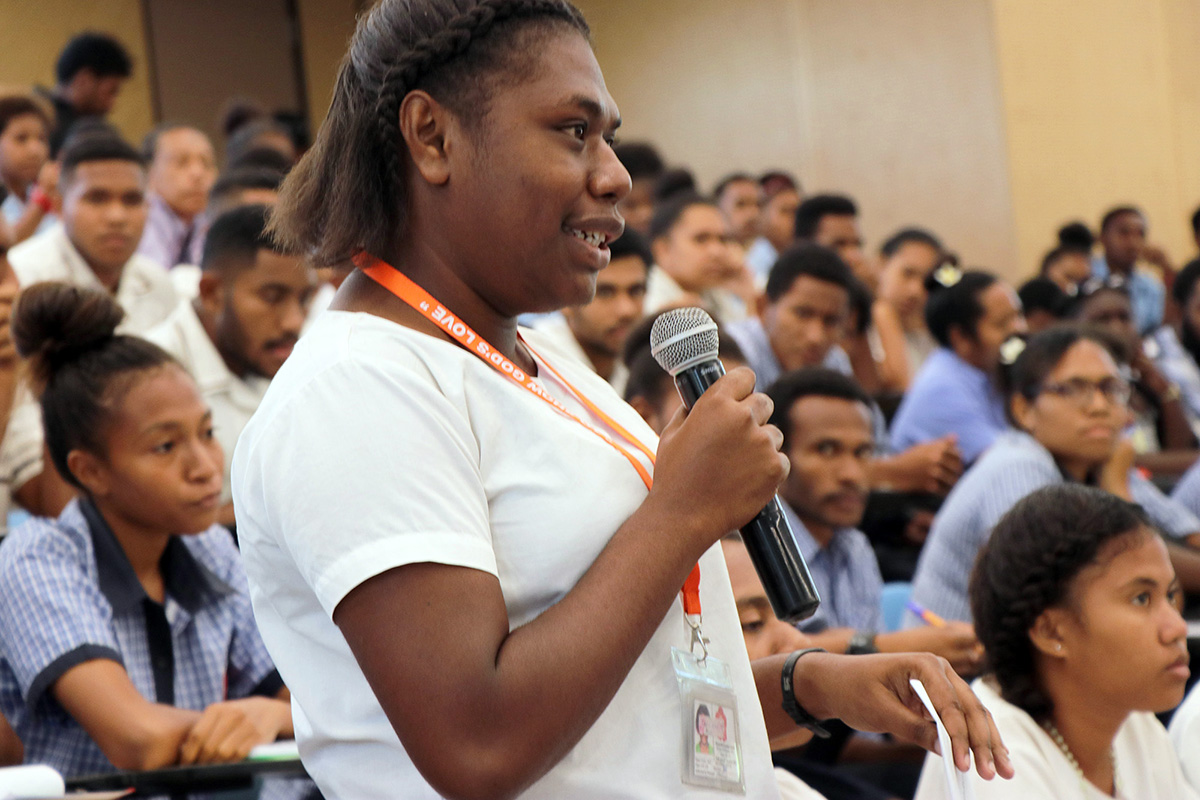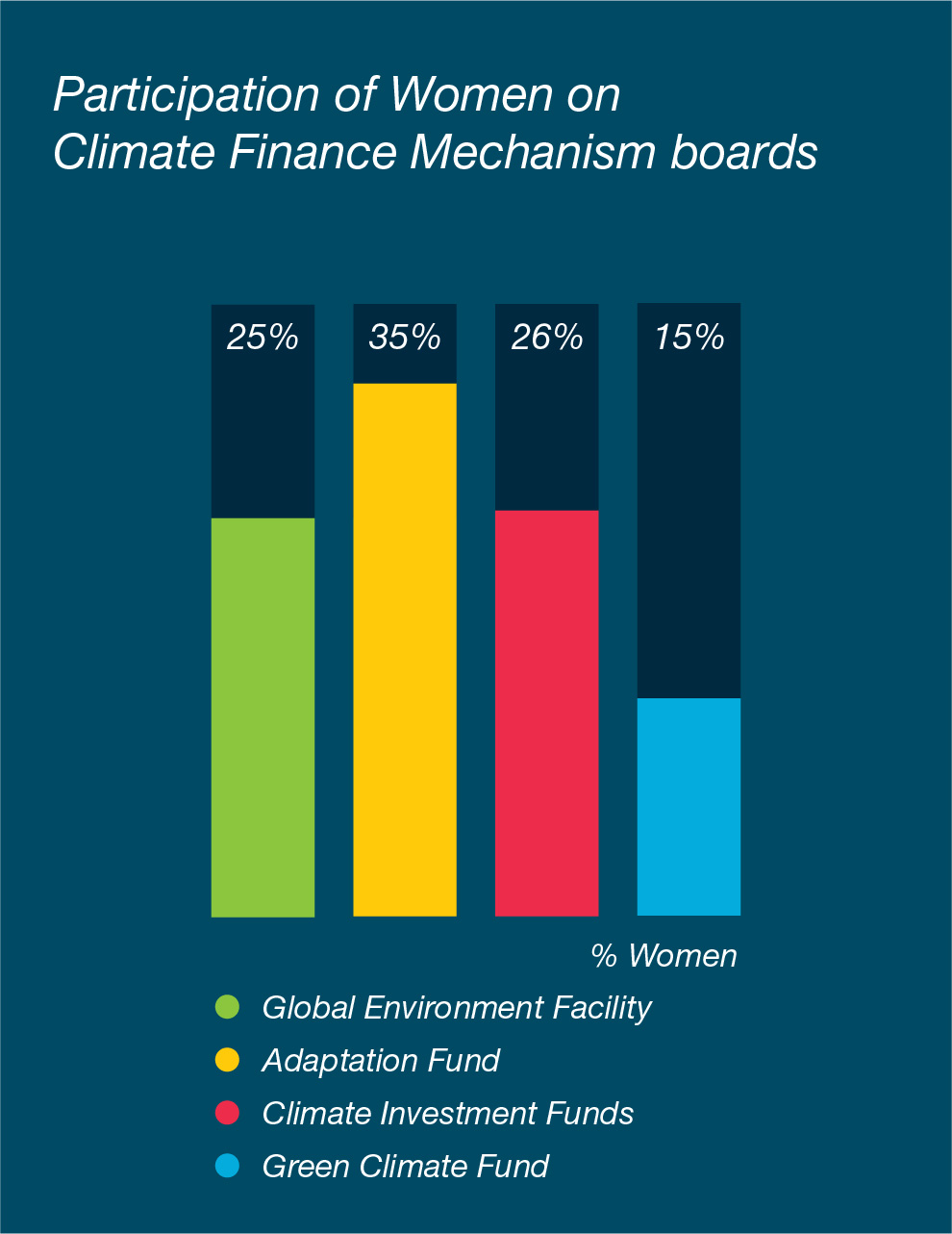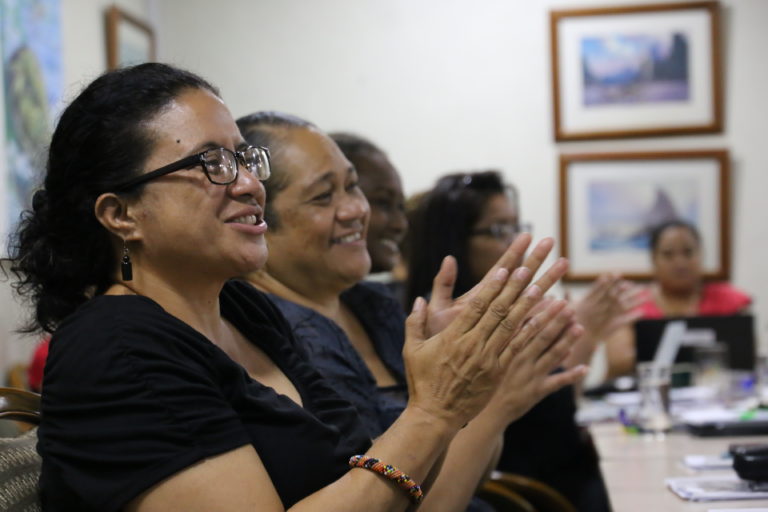Short on Finance, Long on Hope: Why Investing in Pacific Women and Girls Is Important for Climate Action
November 3, 2021
This blog was co-authored by Leisa Gibson, Senior GEDSI Adviser, Abt Global; Kate Morioka, Independent consultant & industry fellow at Griffith University Climate Action Beacon, and; Arthi Patel, Independent consultant and partnership broker
Focus Areas
Regions
Australia & Asia Pacific

